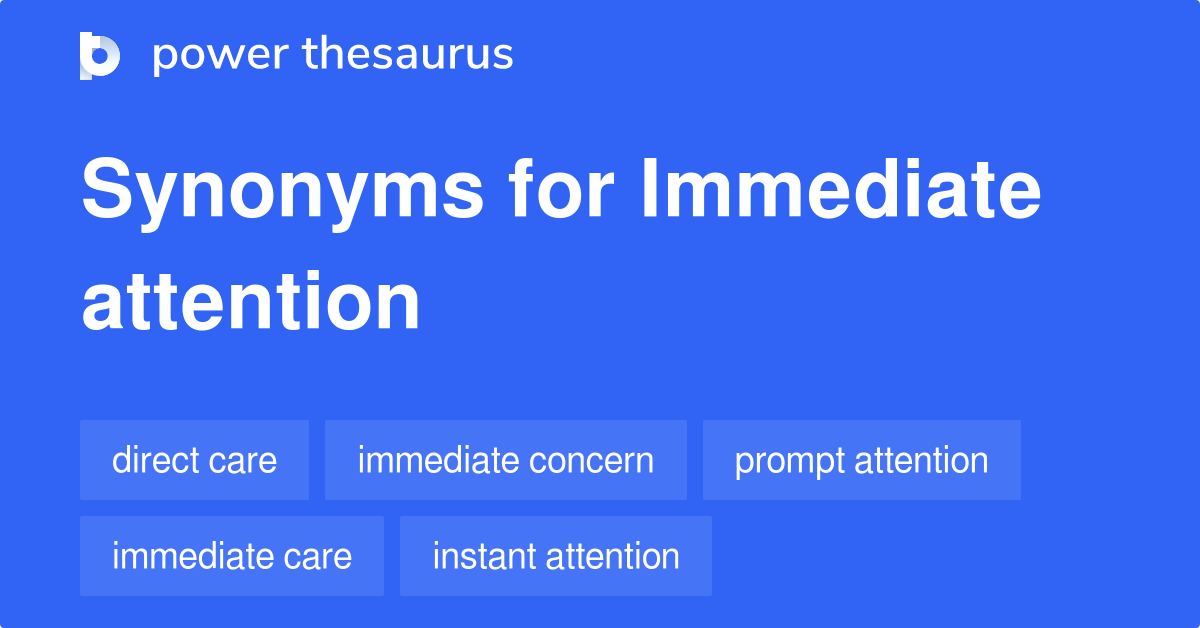
Introduction
“Immediate attention” is a phrase we hear everywhere at work, in healthcare, in customer service, and in daily life but its meaning changes depending on context. At its core it describes situations that require rapid recognition and a clear, decisive response to avoid harm, loss, or missed opportunity. This article explains what “immediate attention” looks like in practical terms, offers a simple framework for deciding what deserves priority, and gives actionable steps to manage urgent situations without panicking. The aim is to improve your ability to spot real urgency (not just noise), make sound decisions under pressure, and take actions that reduce risk and restore stability. The guidance here is grounded in common best practices used across fields that handle time-sensitive problems: triage, clear communication, quick assessment, and deliberate action. Read on to learn how to turn the vague alert “needs immediate attention” into a calm, practical response that protects people, time, and resources.
How to recognize situations that truly need immediate attention
Recognizing genuine urgency starts with distinguishing signal from noise. True immediate-attention situations usually share clear features: an imminent risk to safety or health, a rapidly worsening condition, a time-limited opportunity with measurable loss if missed, or critical systems failing that will cascade into larger problems. To identify these reliably, use three quick checks: (1) Consequence what happens if nothing is done in the next minutes or hours? (2) Speed is the situation deteriorating now, or is it stable? (3) Scope who or what will be affected and how widely? Practically, this means pausing for 30–60 seconds to assess rather than reacting to the emotional tone of an alert. For example, a sudden system outage affecting payments, a sign of respiratory distress in a person, or an urgent legal deadline each meets these tests. Equally important is filtering out non-urgent tasks dressed as urgent: routine asks, vague “asap” requests, or low-impact interruptions. Training your attention by practicing these three checks will raise accuracy in deciding what truly needs immediate action.
A simple prioritization framework to decide what to do first
When multiple issues demand attention, use a prioritization framework to allocate resources quickly. A practical three-tier approach works well: Tier A Immediate (acts required within minutes to prevent harm or major loss); Tier B Prompt (needs action within the same day to avoid escalation); Tier C Scheduled (important, but can be planned). Start by categorizing each item against these tiers, then apply two filters: resource availability (who and what can respond now) and containment potential (can the issue be stabilized quickly to buy time?). Execute Tier A items first, assign clear owners, and set a short check-in time. For Tier B, schedule action with a deadline and a contingency if it worsens. For Tier C, block time in your calendar. This framework supports shared understanding when teams are under pressure and prevents attention from being consumed by low-impact distractions. Document decisions briefly (one-sentence status) so follow-ups are easy and accountability is clear.
Practical steps to act calmly and effectively under urgency
Acting under urgency requires a combination of preparation, communication, and simple rituals to reduce error. First, prepare: keep an up-to-date checklist or protocol for common urgent scenarios so you don’t invent steps under stress. Second, communicate clearly: name the issue, state the immediate risk, assign a single point of contact, and confirm the first action taken. Third, stabilize before optimizing: quick containment (e.g., switch to backup system, administer first aid, pause deliveries) prevents escalation and creates breathing room. Use short feedback loops a 5–10 minute check-in to reassess and reassign. Keep records of key actions and decisions for later review. Finally, manage yourself: take a brief breath-counting pause, prioritize the next three actions only, and avoid multitasking beyond those. These habits reduce cognitive load, lower mistakes, and make the response sustainable until the situation is resolved or handed off.
Conclusion
“Immediate attention” is less an alarm and more a decision-making skill: recognizing genuine urgency, prioritizing clearly, and executing calmly. With simple checks to spot real risk, a three-tier framework to decide what to do first, and practiced actions to stabilize problems quickly, anyone can improve their response to urgent situations. The goal isn’t to eliminate all urgencies many are unpredictable but to handle them with less stress and more effectiveness. Build quick protocols, communicate plainly, and practice short feedback loops; over time these habits protect people, reputation, and resources while turning chaotic moments into controlled responses.
Frequently Asked Questions
Q1 — What are the quickest signs that something needs immediate attention?
Look for rapidly worsening conditions, imminent safety risks, or time-limited windows where delay causes measurable loss. If an outcome will be significantly worse within minutes or hours, it likely needs immediate attention.
Q2 — How do I avoid confusing “urgent” with “important”?
Urgent relates to time-sensitivity; important relates to long-term impact. Use the three checks (consequence, speed, scope) to test urgency. Schedule important-but-not-urgent tasks so they don’t become crises.
Q3 — Can teams prepare to handle immediate-attention issues without extra stress?
Yes. Standardized checklists, designated roles, and quick communication rules reduce decision friction. Regular drills or tabletop exercises build muscle memory so responses are smoother when real urgency appears.
Q4 — What should I document during an urgent incident?
Record the issue summary, immediate risk, actions taken (who did what and when), and next checkpoints. Brief notes suffice and are invaluable for later review and learning.
Q5 — How do I recover after managing an urgent incident?
Run a short debrief focusing on what went well, what didn’t, and one improvement to implement. Update any checklists or protocols, and ensure any impacted parties receive a clear status update.
Leave a Reply